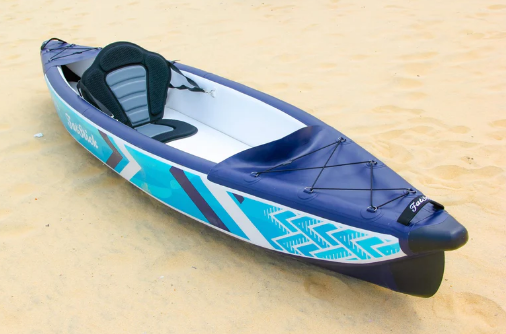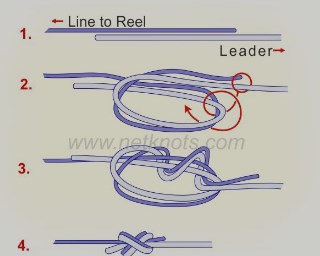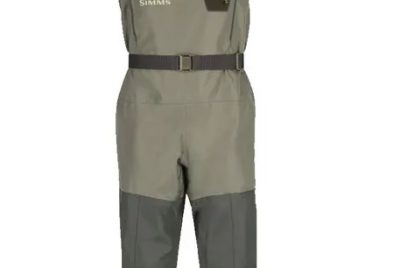Fly Fishing Canoe
Introduction
When it comes to combining adventure and serenity, there’s nothing quite like fly fishing in a canoe. Picture yourself gliding on calm waters, surrounded by the beauty of nature, and casting your fly line for that elusive catch. It’s an experience that not only rejuvenates the soul but also offers a thrilling fishing challenge. As an enthusiastic fly fishing canoe lover, I’m here to share some valuable insights and suggestions to make your journey into this world even more enjoyable.
Choosing the Right Canoe
- Canoe Type: Selecting the right type of canoe is crucial for a successful fly fishing adventure. While various canoe types are available, consider a stable and maneuverable canoe, ideally a solo or tandem fishing canoe.
- Size and Capacity: Ensure that your canoe has enough space and weight capacity to accommodate your fishing gear, supplies, and yourself comfortably.
- Material and Durability: Opt for canoes made from durable materials like Royalex or high-grade polyethylene, as they can withstand the rigors of fly fishing expeditions.
Essential Fly Fishing Gear
- Fly Rod and Reel: Invest in a good-quality fly rod and reel that suits your fishing style and target species. A 4-6 weight rod is versatile for various fishing conditions.
- Fly Lines and Leaders: Choose the appropriate fly lines and leaders that match the fish you intend to catch.
- Flies and Lures: Stock your fly box with a variety of flies and lures to adapt to changing fishing situations.
Safety on the Water
- Personal Floatation Device (PFD): Always wear a PFD while canoeing. Safety should be your top priority.
- Weather Considerations: Keep an eye on the weather forecast and be prepared for any sudden changes in weather conditions.
- Navigation Aids: Use GPS or a map and compass to navigate on the water, especially if you’re in unfamiliar territory.
Casting Techniques
- The Basics: Master basic casting techniques, including the overhead cast, roll cast, and sidearm cast.
- Roll Casting: Roll casting is particularly useful in tight spaces where backcasting is limited.
- Mending Your Line: Learn to mend your line effectively to present your fly naturally to the fish.
Choosing the Right Fishing Spots
- Reading the Water: Develop the skill of reading water conditions to locate potential fish hiding spots.
- Shallow vs. Deep Waters: Understand when to fish in shallow waters and when to explore deeper areas.
- Fish Behaviour: Study the behaviour of the fish species you’re targeting to increase your chances of success.
Tips for Successful Fly Fishing
- Patience and Observation: Stay patient and observant, as fly fishing often requires waiting for the right moment.
- Stealthy Approach: Approach fish quietly and avoid making sudden movements that could spook them.
- The Right Presentation: Focus on delivering your fly in a natural and enticing way to entice strikes.
Fly Fishing Ethics and Conservation
- Catch and Release: Practice catch and release to ensure the sustainability of fish populations.
- Leave No Trace: Respect nature by leaving no trace of your presence, and clean up after yourself.
Packing and Preparing for Your Trip
- Essentials Checklist: Create a checklist of essential items, including fishing gear, food, and safety equipment.
- Camping Considerations: If you plan to camp, make sure you have the necessary camping gear and permits.
The Joy of Fly Fishing Canoeing
- Relaxation and Nature Connection: Fly fishing in a canoe provides a unique opportunity to connect with nature and find relaxation. The gentle lapping of the water against your canoe, the songs of birds in the trees, and the mesmerizing ripple of your fly line on the water all contribute to a sense of calm that’s hard to find elsewhere.
- Adventure and Exploration: Every trip is an adventure filled with exploration and new discoveries. Whether you’re exploring tranquil mountain lakes, meandering rivers, or coastal saltwater estuaries, each destination offers its unique charm and challenges.
- Building Memories: Fly fishing in a canoe is more than just a hobby; it’s an experience that creates lasting memories. Sharing a canoe with a friend or family member, casting together, and witnessing the beauty of nature can forge bonds that endure a lifetime.
Testimonials from Fellow Enthusiasts
“I’ve never experienced such tranquility and excitement combined. Fly fishing in a canoe has become my escape from the daily grind. Each trip feels like a journey to a secret paradise.” – Sarah W.
“Being out on the water in a canoe adds a new dimension to fly fishing. It’s an experience I’d recommend to anyone, whether you’re a seasoned angler or just starting. There’s always something new to discover.” – John D.
Fly Fishing Canoe Destinations
- Peaceful Mountain Lakes: Mountain lakes offer calm waters, stunning vistas, and a variety of fish species, making them ideal for both beginners and experienced anglers.
- Meandering Rivers: Rivers provide endless opportunities for exploration and fishing. Their flowing waters house various fish species, and their banks are a haven for wildlife enthusiasts.
- Coastal Saltwater Adventures: Coastal saltwater excursions are perfect for those seeking a different kind of fly fishing challenge. You’ll have the chance to target saltwater species like redfish, tarpon, and snook.
- Wilderness Fly Fishing: For the ultimate adventure, consider remote wilderness locations. These destinations offer a true escape from the hustle and bustle, providing pristine waters and abundant fish.
Conclusion
Fly fishing in a canoe is a delightful blend of adventure and serenity. It allows you to immerse yourself in nature, refine your fishing skills, and create lasting memories. Choosing the right equipment, practicing safety, and respecting the environment are key to a successful and fulfilling experience.
FAQs
- Can I use any canoe for fly fishing?
- While you can use most canoes for fly fishing, it’s advisable to select a stable and maneuverable fishing canoe for the best experience.
- How can I improve my casting skills?
- Practicing casting techniques regularly and seeking guidance from experienced anglers can help improve your skills.
- What types of fish can I catch while fly fishing in a canoe?
- You can catch a variety of fish species, including trout, bass, and panfish, depending on your location and technique.
- Are there any legal regulations for fly fishing in canoes?
- Always check local fishing regulations and obtain the necessary permits to ensure you’re compliant with the law.
- What’s the best season for fly fishing in a canoe?
- The best season can vary depending on your location, but spring and fall are often favoured for comfortable weather and active fish.




